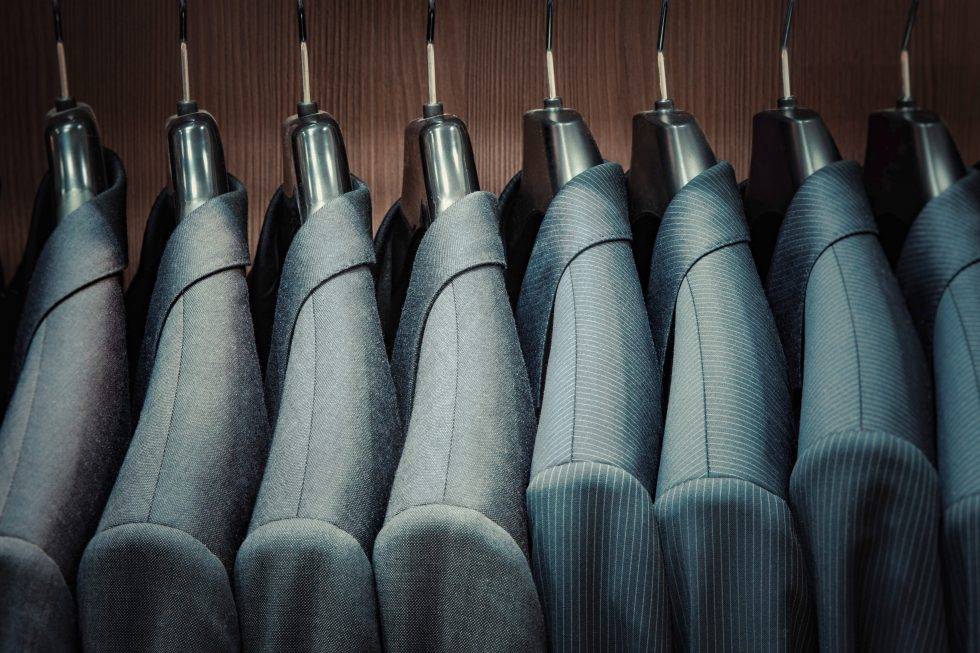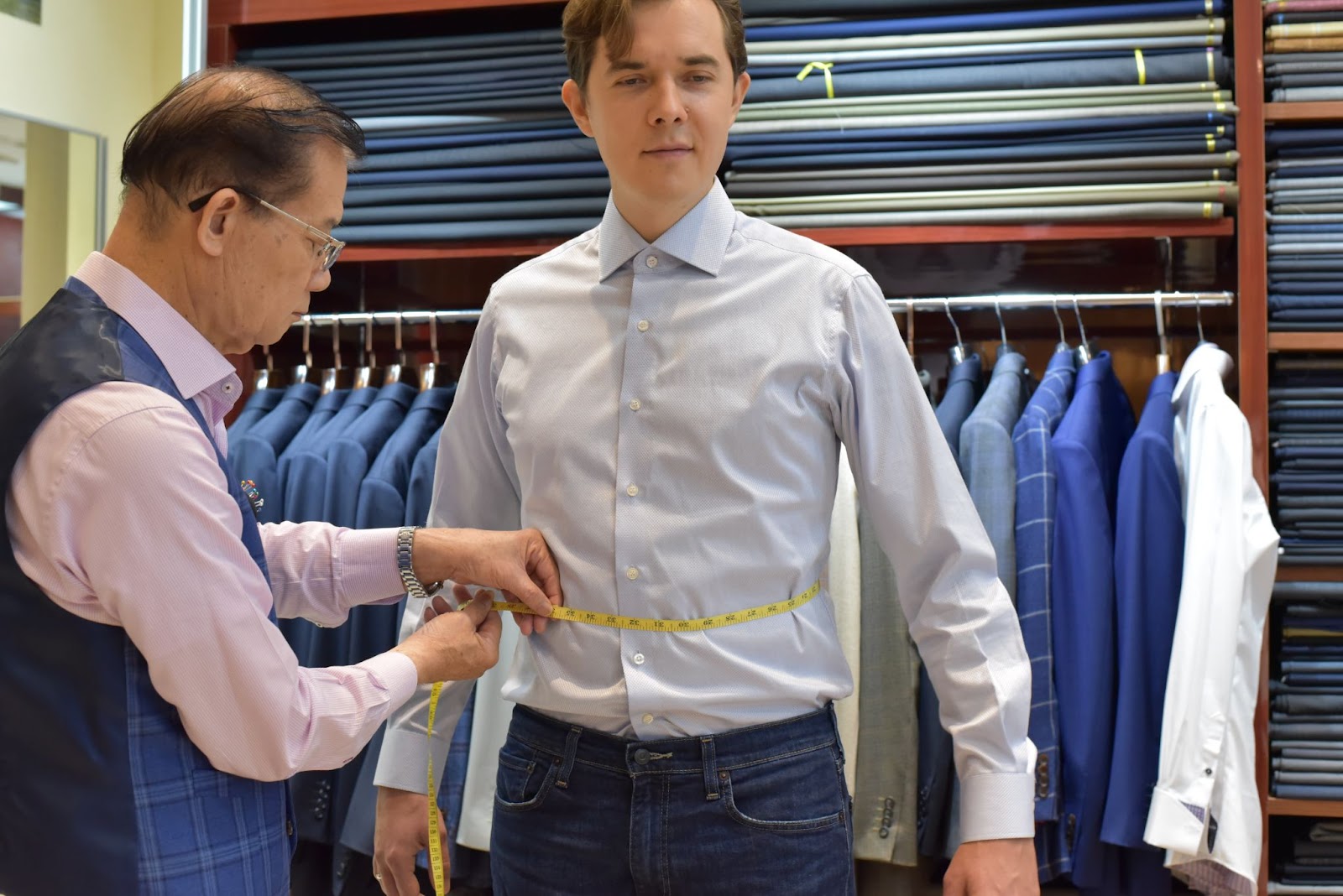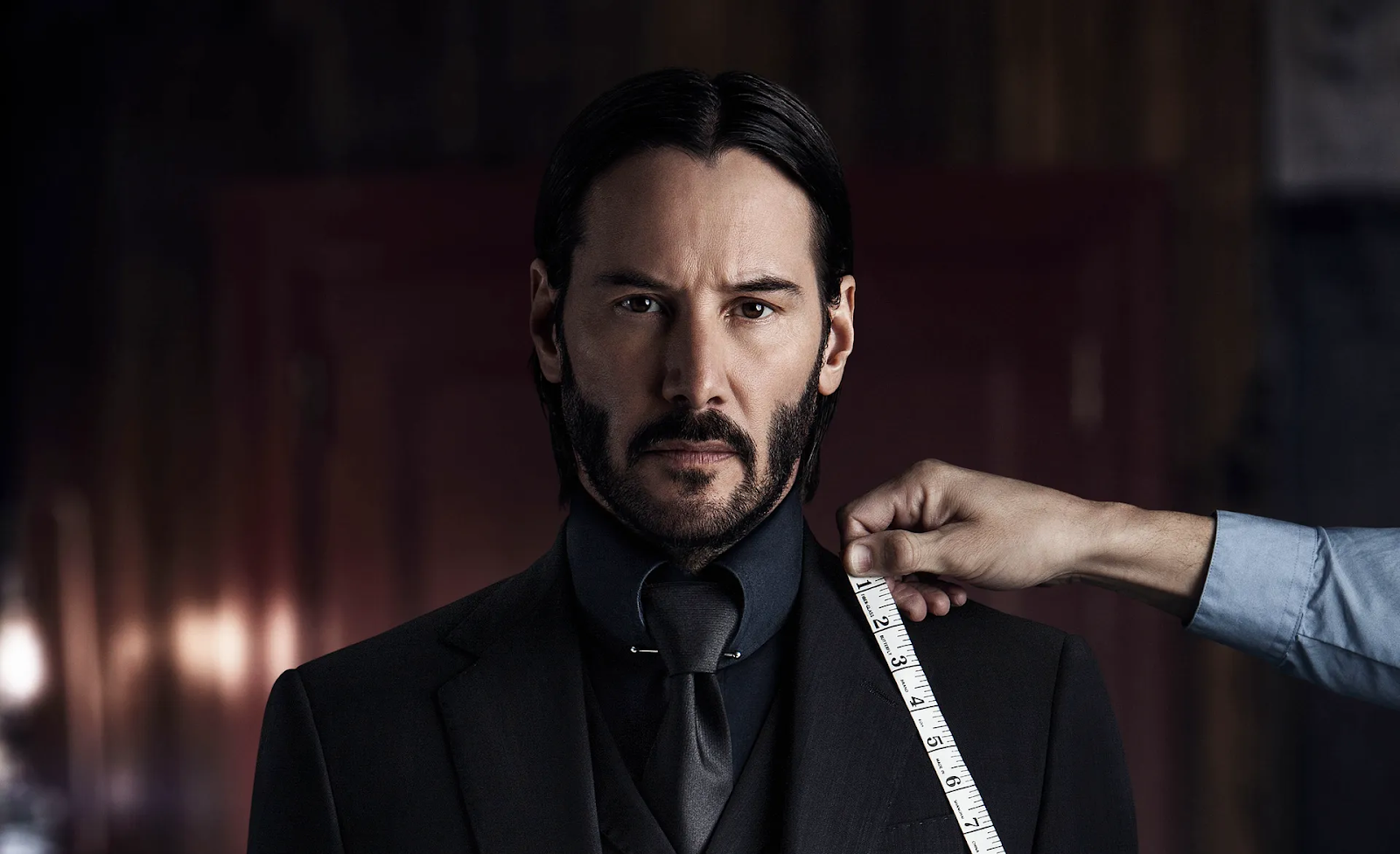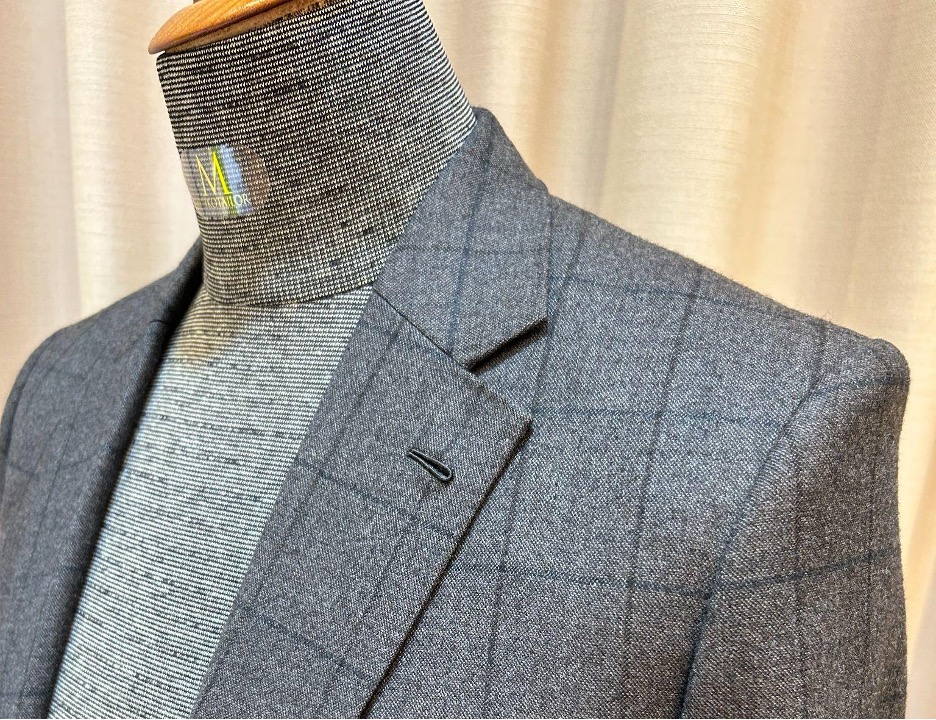They say that the suit makes the man. Over the years, this saying has proven to be true, as dressing well is part of many professional requirements. Beyond merely being a fashion statement, dressing smartly will also determine how far up one will be able to climb the corporate ladder — and the chances of you keeping your job during layoff seasons. According to the NPD Group — an American market research firm, men’s tailored categories: suits, suit separates and sport coats, grew 7% overall in 2007 — even before the financial markets went south. This finding proved that tailored items are essential, therefore, you should pay attention to details when shopping for them.
Essentially, suits should be considered as investment pieces. Just as how men should do extensive research before deciding on a car to buy, they should also pay attention to the details of the suit, as they will be wearing it for a long time. So, what are the important qualities to look for in a good suit? Here are some things to consider:
1. Canvas layering
The most important quality of a good suit is a jacket that has a full canvas layer between the fabric and lining. Cheaper suits have a lining that is fused or glued to the fabric. A more affordable option is half-canvas, where the designer only uses a layer in the more visible top portion of the jacket. However, full canvas is the best option.
Full canvas conforms better to the human body after multiple wears. When the jacket is glued or fused, it doesn’t fit or wear as well. To test whether the jacket is full-canvas, pinch the layers of fabric between the buttonholes. If you feel three layers, then it is full canvas, two layers is half-canvas and one layer means that the lining is fused or glued.
2. Felt lining under the collar
Next, you must also look under the collar of the jacket for a felt lining. A felt lining allows the jacket to double as outerwear when it is cold and rainy. In addition to that, it will also help the suit hold its shape around the neck.
3. Check the thread count
Besides luxury bed linens, quality suits are also characterised by its thread count. Ideally, the optimal thread count is a super 100 to 120. The higher the number, the finer the yarn, which makes it more durable, soft and silky. However, be reminded that once you get into the 200s, the suit may look beautiful, but it becomes more fragile and more difficult to maintain.
If you are buying a suit off the rack, avoid working buttons on the cuff of the jacket. “While they are a trademark of a made-to-wear suit, they make the jacket more costly and difficult to tailor. Also, the button should not be plastic, as they crack easily in bad weather or from numerous trips to the dry cleaner. Opt for tortoiseshell or enamel buttons instead.
4. Look for hand-stitching
Hand-stitching is also a key factor in choosing a quality piece — the more handwork on the suit the better. Experts recommend Oxxford suits, which are completely hand-stitched, except for the main seams. Hand-sewn buttonholes, sleeves and waistbands are the marks of a superior-quality suit. Moving down the suit, the pant legs should also have a lining that goes at least to the knee, which will help the pants last longer.
5. Inject a little personality
From there you can start looking for ways to inject some personal style and individuality, whether it’s the colour, pattern or an unusual combination of the two. There are even subtle details that can convey a sense of creativity or originality, such as a jacket with an inside pattern trim. Furthermore, these don’t have to cost lots of money. One of the best starter suits for young men just out of college is from H&M at $300.
Most importantly, the element of a good quality suit is professional tailoring. Even if you are on a budget, don’t skimp on a tailor. If the suit looks like it doesn’t fit you and is baggy, it will look cheaper than it actually is.







